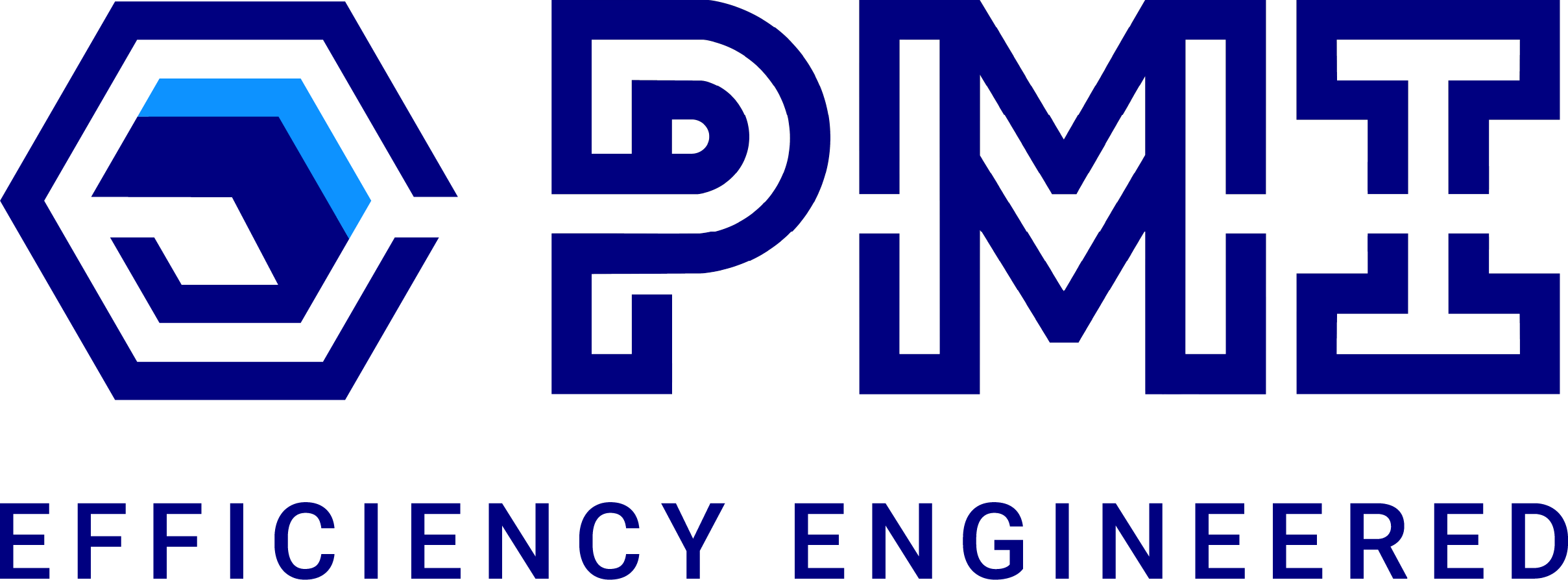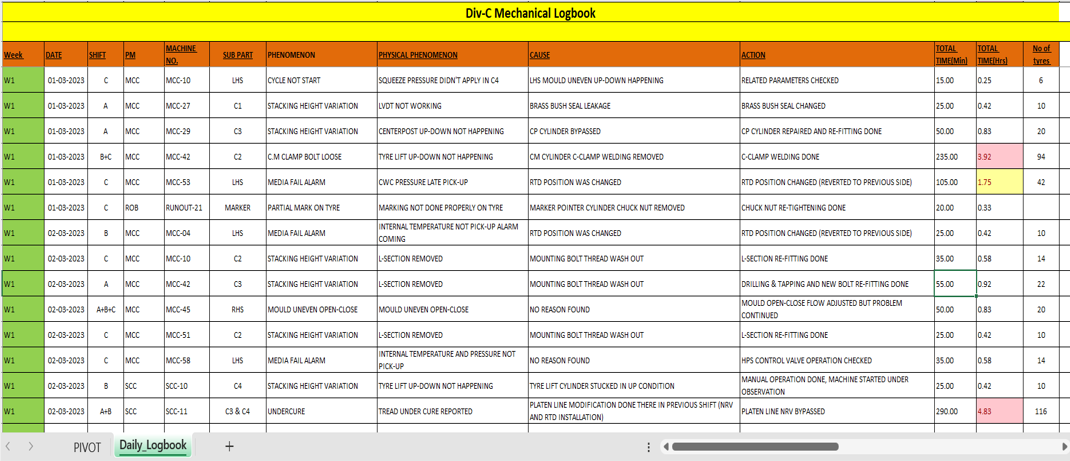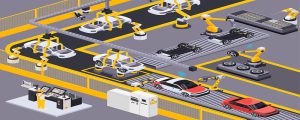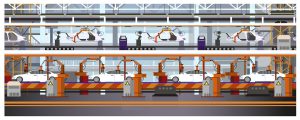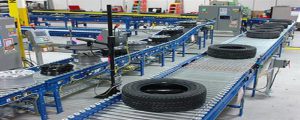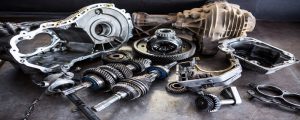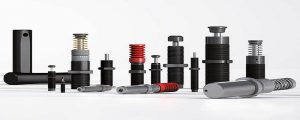Project Objectives
The goal wasn't merely to nudge schedules around or reshuffle staff. The client sought a more profound insight into:
- How activities were allocated across indirect departments such as maintenance, quality laboratories, and condition monitoring.
- Which activities contributed tangible value, and which did not.
- Where time was lost and how resource planning could be optimized.
- How to improve manpower and machine availability planning using actual data and dynamic dashboards.
With a vision for long-term intelligence, secure mobility, the client understood that perfection starts with clarity, and this research was set up to deliver just that.
